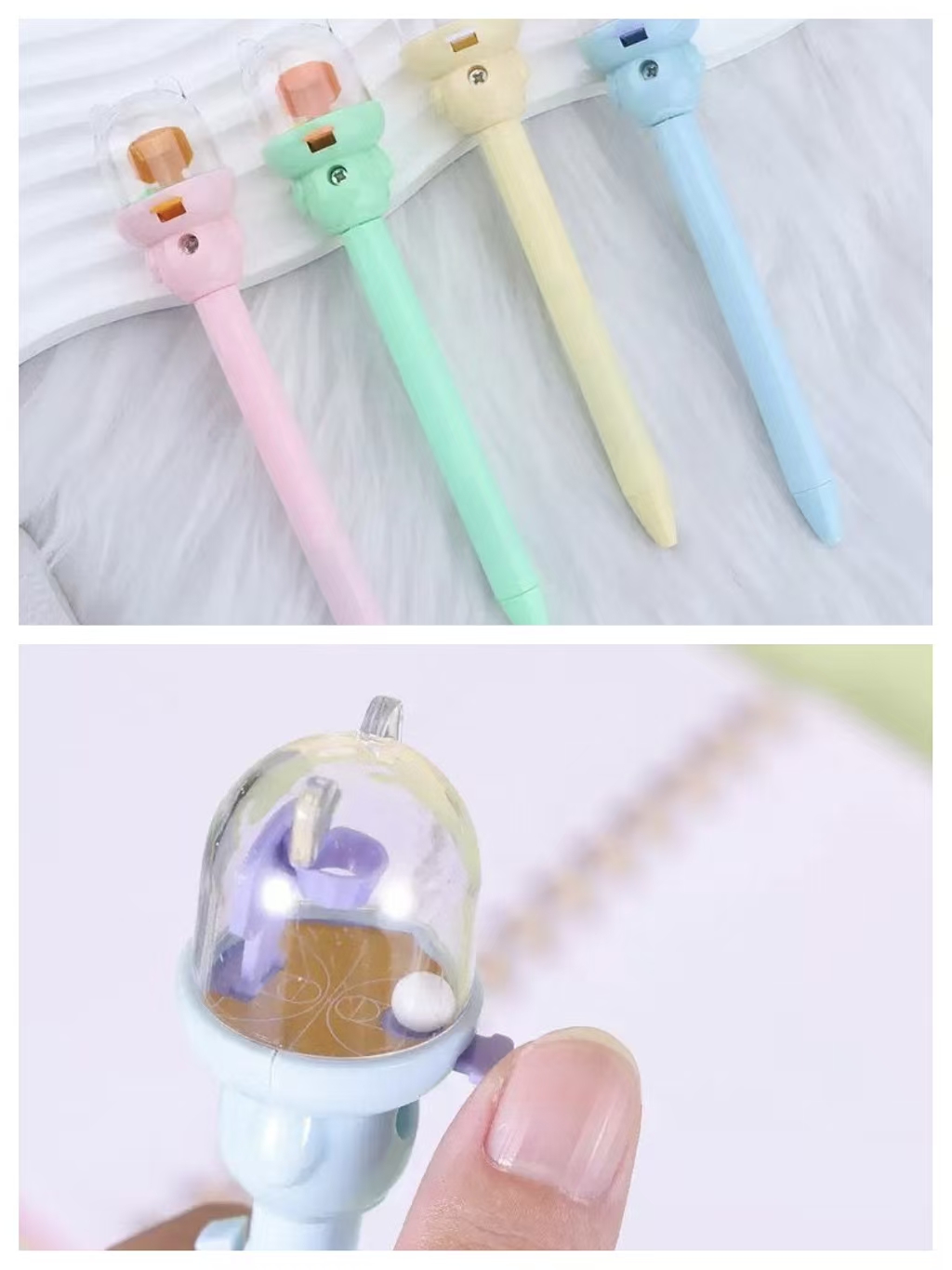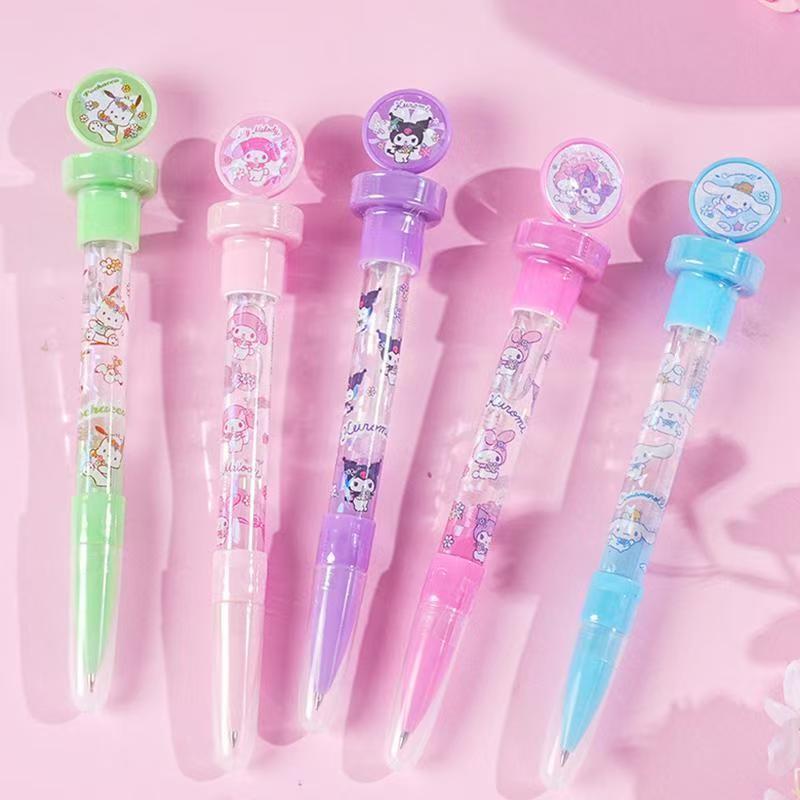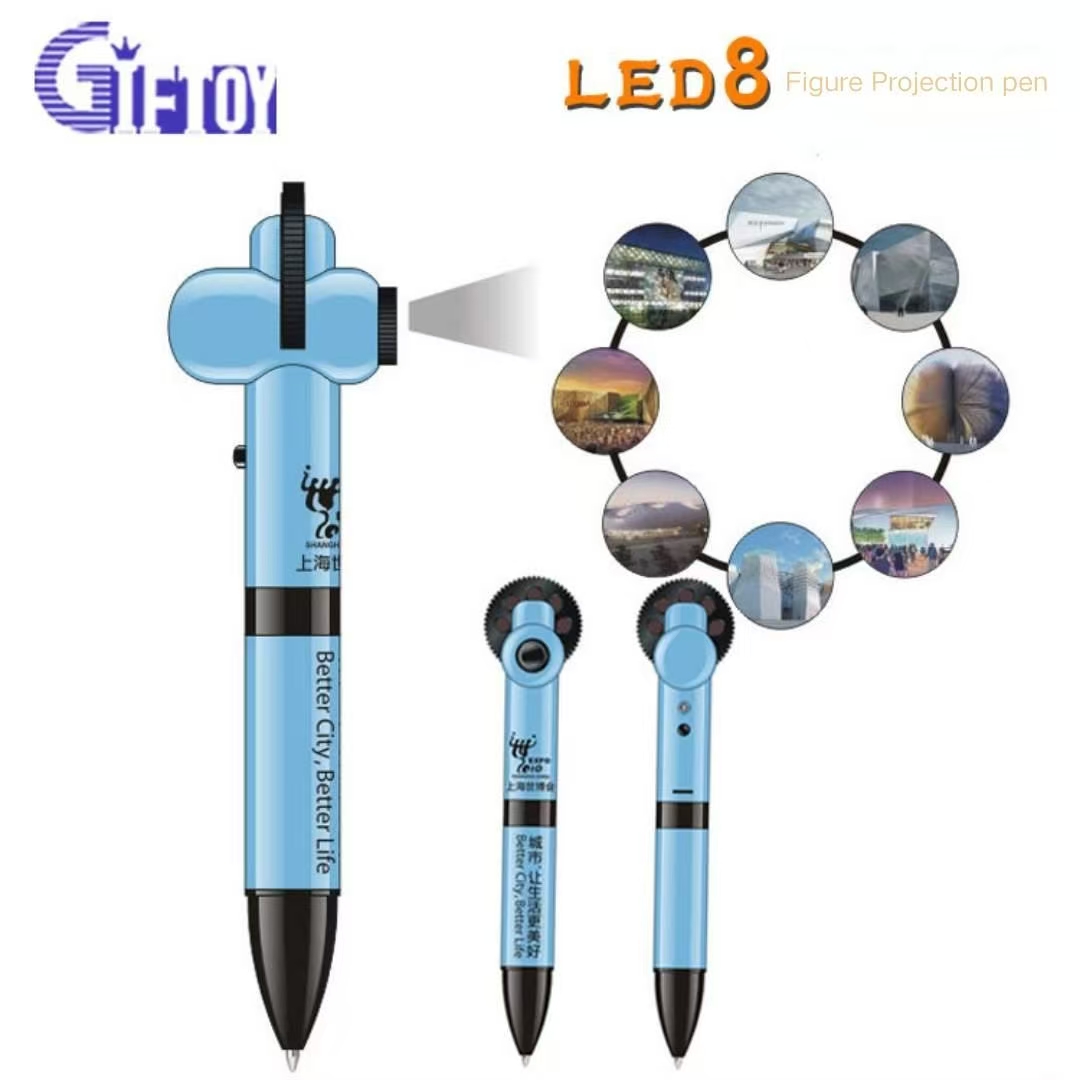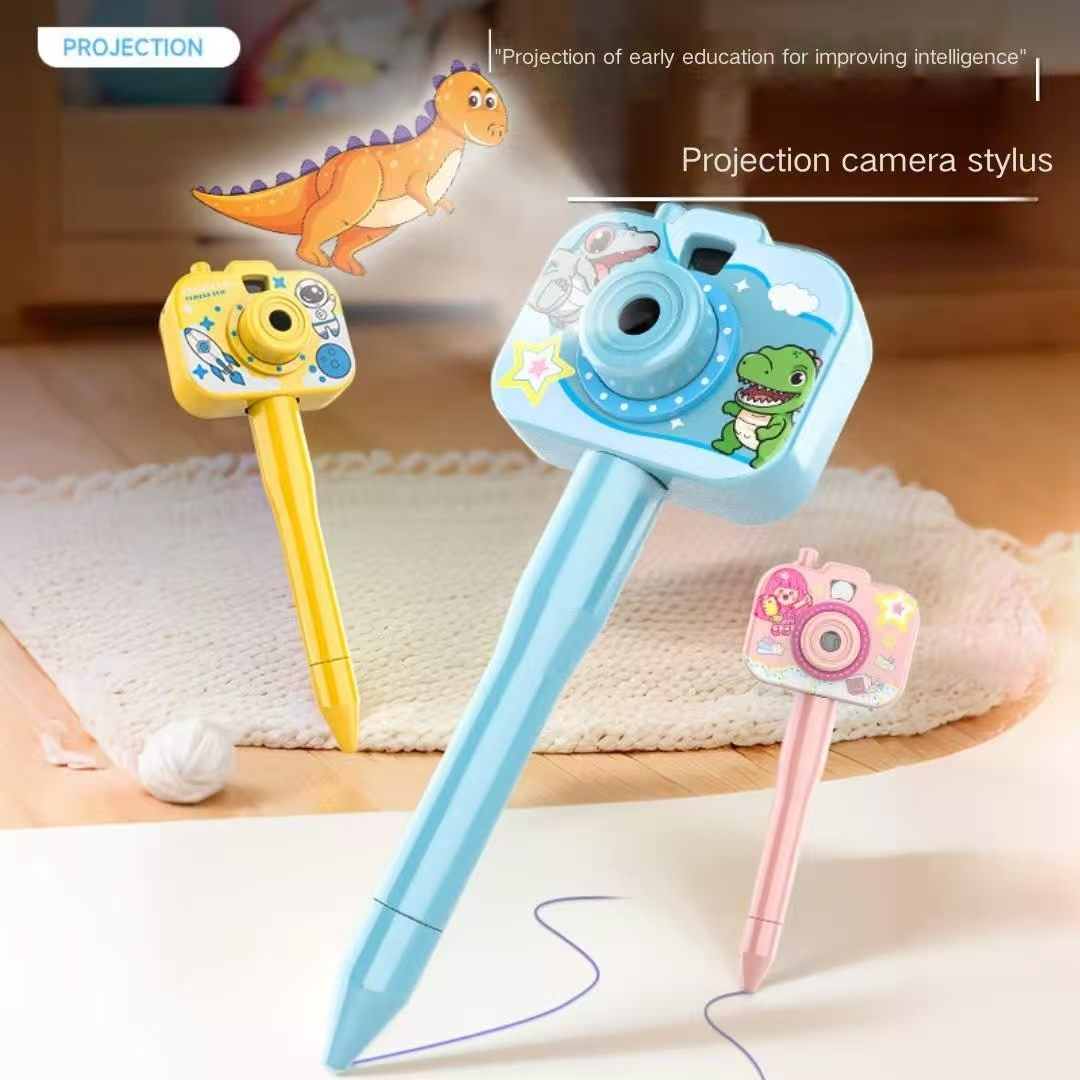How to find eco-friendly stationery?

How to Find Eco-Friendly Stationery?
Choosing eco-friendly stationery involves more than green labels. It's about verifying materials and certifications to ensure true sustainability and functionality.
Finding eco-friendly stationery means checking for sustainable materials and certifications like FSC, ensuring environmental responsibility and usability.

Discovering eco-friendly options requires understanding material sources and certifications, balancing green practices with practicality and style.
How to make eco-friendly stationery?
Crafting sustainable stationery requires intentional choices. How is it done?
Eco-friendly stationery is made using sustainable materials like recycled paper and bamboo, alongside low-impact production methods and eco-certifications.

The process starts with selecting renewable, biodegradable materials such as FSC-certified paper and bamboo. Production methods focus on minimizing waste and energy use, sometimes incorporating upcycled materials. Certifications from organizations like the Forest Stewardship Council (FSC) assure environmental standards. This approach not only minimizes ecological impact but also promotes conservation and responsible consumption, making eco-friendly stationery a practical and stylish choice.
What material is 100% biodegradable?
Knowing what materials are truly biodegradable aids in sustainable choices. Which material qualifies?
Bamboo is a 100% biodegradable material, known for its regenerative growth and minimal environmental impact.

Bamboo grows quickly without fertilizers, making it a renewable resource with minimal ecological footprint. Its biodegradability ensures it returns to the earth safely. In stationery, bamboo provides durability and aesthetics, aligning perfectly with eco-friendly principles. Choosing bamboo products supports sustainability efforts, contributing to a healthier planet while maintaining style and functionality in everyday use.
Which country has the cutest stationery?
Country-specific styles influence stationery appeal. Where can you find the cutest options?
China is renowned for its cute and innovative stationery, blending whimsical designs with functionality.

Chinese stationery often features playful, charming designs that capture the imagination. This includes adorable animal motifs and unique product forms that delight users of all ages. While aesthetics reign supreme, functionality is not sacrificed—Japanese stationery is known for clever integration of practicality and design. This combination makes it highly sought after globally, showcasing Japan's dedication to creativity and quality.
Conclusion
Finding eco-friendly stationery1 means seeking verified sustainable materials2 and certifications. Balancing environmental responsibility with usability ensures that green choices are also practical and stylish.
